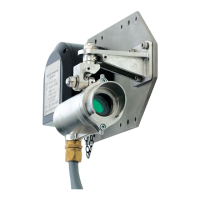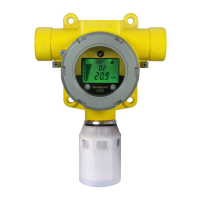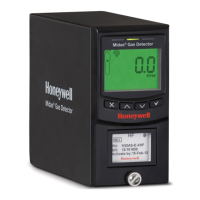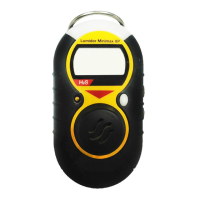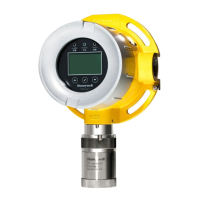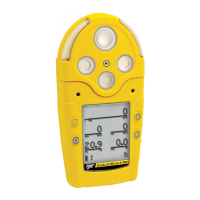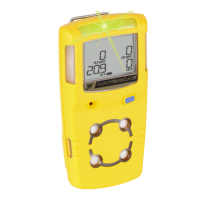42
10. Maintenance using
SHC1 Handheld Interrogator
Read this chapter if the SHC1 Handheld Interrogator is being used to communicate
with Searchpoint Optima Plus.
Note:TheinstructionsthatfollowassumethattheSHC1isswitchedon,inOptima+mode,intheMain
Menu.SeeChapter8“UseoftheSHC1HandheldInterrogator”fordetails.
10.1 Introduction
Thischapterexplainshowtoperformcommonmaintenanceoperations.PleaserefertoIEC/EN60079-29-
2 or other local or national regulations for guidance on establishing an appropriate maintenance routine.
TheinstructionsassumethattheSHC1isswitchedon,inOptima+mode,intheMainMenu.SeeChapter8
“UseoftheSHC1HandheldInterrogator”fordetails.
Inspection
How to check and clean the unit
Inspection of a unit tted with a Flow Housing
How to check and clean a unit tted with a ow housing
Bump Test (Gas Challenge)
How to carry out a gas test using the Gassing Cover
Bump Test (Gas Challenge) with RGC
How to carry out a gas test using the Remote Gassing Cell
Re-zero Searchpoint Optima Plus
How to re-zero if gas test results are unacceptable
Calibration
How to calibrate the zero (and span if required)
View and Clear Faults or Warnings
How to view Faults and Warnings
Caution: After changing any parameter, poll the Searchpoint Optima Plus and verify that the received
value is correct.
Note:Whenconnectingordisconnectingamultimeter,powerofftheSearchpointOptimaPlus,otherwise
the unit will indicate a latched warning that the 4-20 mA loop was broken. If this occurs it can be cleared
usingtheSHC1HandheldInterrogator.SeeClearFaultsorWarnings.
10.2 Inspection
Searchpoint Optima Plus should be inspected periodically and cleaned if necessary. The required frequency
of inspection will depend on local site conditions and will need to be established through experience.
Caution: Gas readings may be generated during this procedure.
1. Select Calibrate then Display to inhibit the 4-20 mA output signal.
2. Inspect the Searchpoint Optima Plus unit, its junction box and cabling for any signs of physical damage.
3. Usinga½inch/13mmA/Fopenendedspanner,unscrewthetworetainingnutsandremovethe
Standard Weather Protection.
4. InspecttheStandardWeatherProtectionfordamageorbuildupofdebris/contaminants.Ifrequired,
clean or replace weather protection.
5. Inspect the Dust Barrier and clean or replace if required.
6. Remove the Dust Barrier and inspect the optics.
7. Clean any dust or contaminants from the optics using mild detergent and a soft cloth or cotton bud.
Do not use solvents or abrasive cleaners.
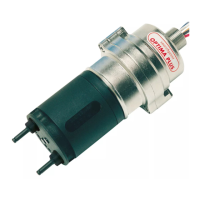
